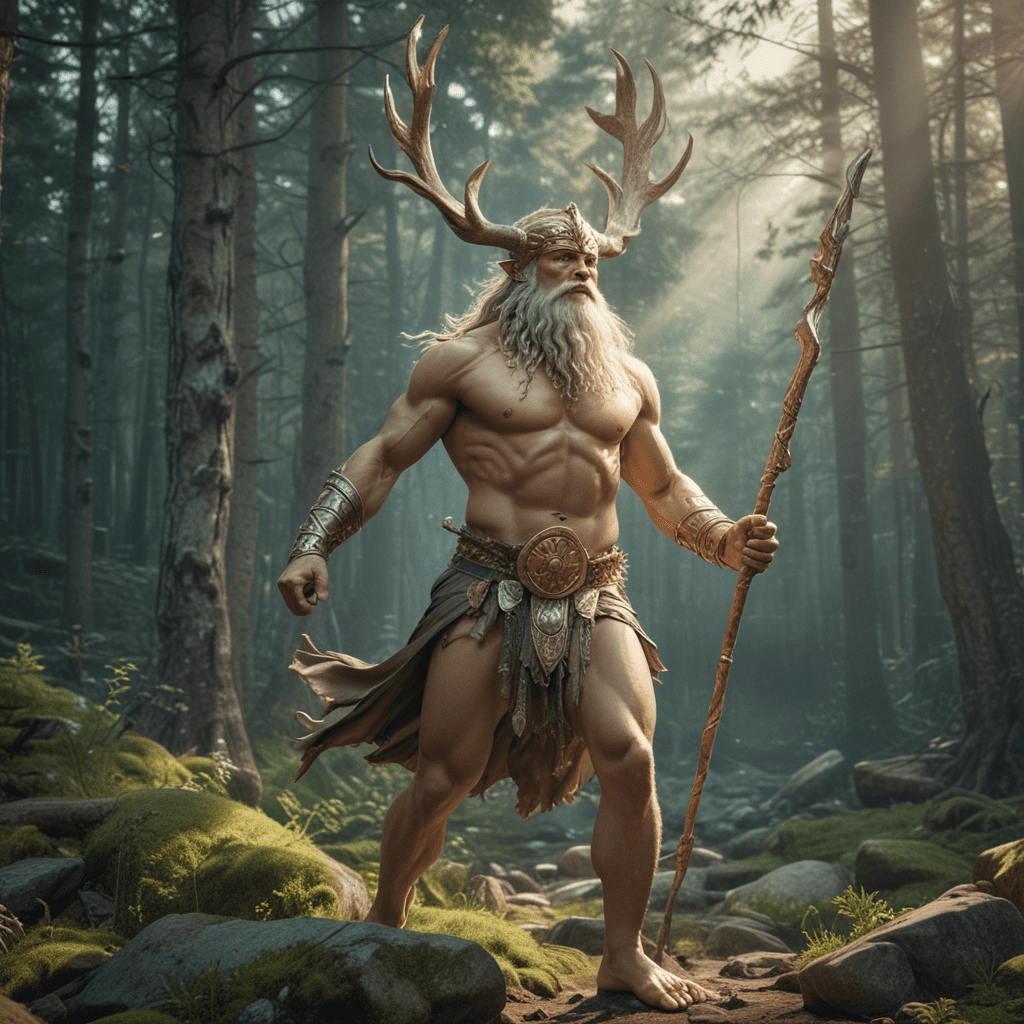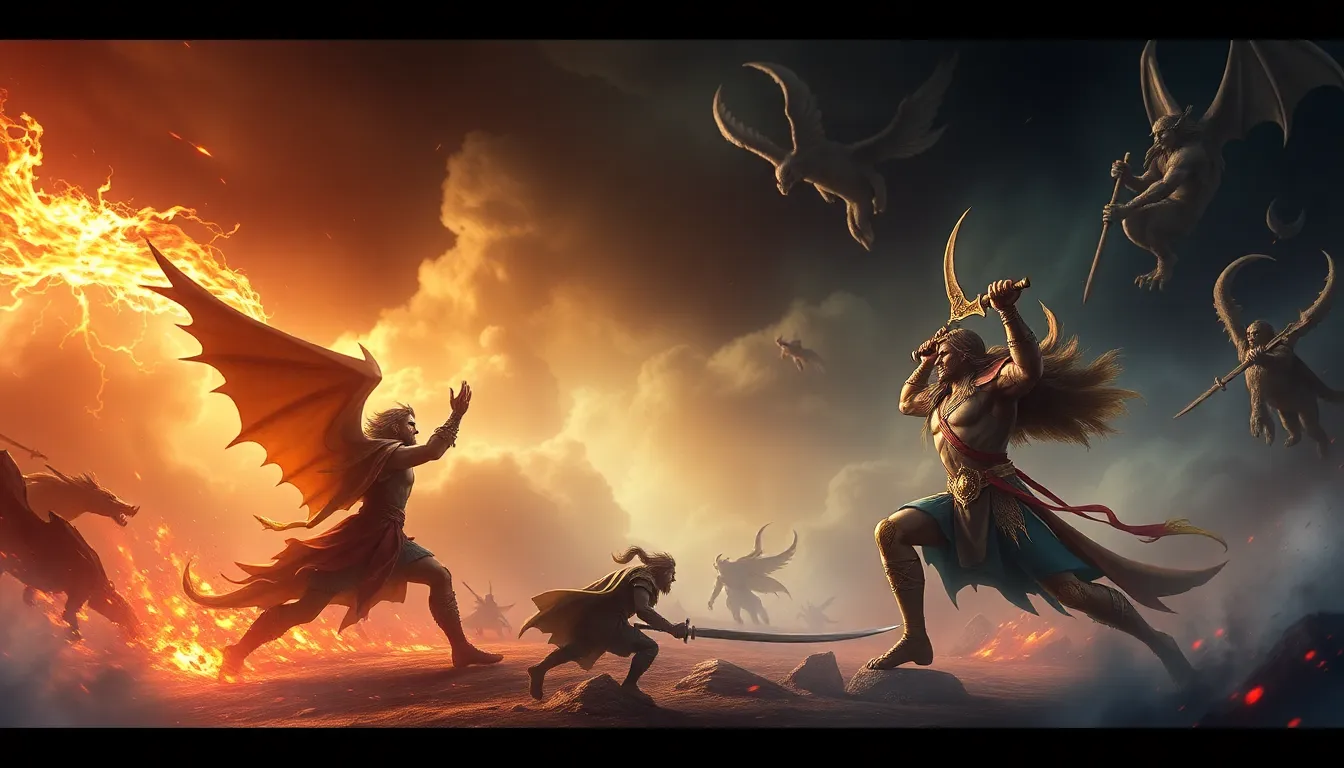Why Tricksters Are Essential to Our Understanding of Myth
Introduction to Tricksters in Mythology
Tricksters occupy a fascinating and essential space within the realm of mythology. Defined as figures who use their cunning and wit to outsmart others, tricksters challenge the status quo and often blur the lines between good and evil. Their narratives resonate across various cultures, from the sly fox in European folklore to the clever Anansi in African tales, illustrating the universal significance of these characters in human storytelling.
Tricksters are not merely troublemakers; they serve as catalysts for change, embodying both the chaos and creativity inherent in life. By examining tricksters, we gain insight into the cultural fabric of societies, as they reflect not only the values and norms of their communities but also the complexities of human nature.
The Characteristics of Trickster Figures
Trickster figures share a range of common traits and behaviors that define their roles in mythology:
- Cunning: Tricksters are often incredibly clever, using their intelligence to navigate challenges and deceive others.
- Humor: They frequently employ humor to lighten serious situations, making their lessons more palatable.
- Ambivalence: Tricksters embody contradictions, representing both chaos and order, good and evil.
Examples of prominent trickster figures include:
- Loki: In Norse mythology, Loki is a complex character whose mischief leads to both destruction and renewal.
- Anansi: The spider god from West African tales, Anansi is known for his cleverness and ability to outwit foes, often teaching important life lessons.
- Coyote: A staple in Native American mythology, Coyote is both a creator and a trickster, responsible for bringing life and chaos to the world.
Cultural Significance of Tricksters
Tricksters play a critical role in reflecting societal values and norms. They often challenge authority and societal structures, revealing the flaws and hypocrisies within established systems. By breaking rules and defying expectations, tricksters provide a voice for the marginalized and encourage the questioning of tradition.
Through their antics, they highlight important cultural themes, such as:
- The importance of adaptability in the face of adversity.
- The value of humor as a coping mechanism.
- The necessity of questioning authority and societal norms.
Tricksters as Agents of Change
Tricksters are often depicted as agents of change within myths, facilitating transformation and disruption. They can instigate conflict, leading to growth and development in the narrative. For instance, in many Native American stories, Coyote’s actions lead to significant but often humorous consequences that ultimately result in a new understanding or balance in the world.
Case studies illustrate this role effectively:
- In the story of Loki, his trickery leads to the death of the god Baldur, which sets off a chain of events culminating in Ragnarok, the end of the world.
- Anansi’s tales often revolve around his schemes to obtain wisdom or resources, demonstrating how tricksters can drive narratives forward.
The Dual Nature of Tricksters
One of the most intriguing aspects of tricksters is their dual nature. They embody a paradox of morality, existing in a space where good and evil are not clearly defined. This ambiguity allows for a deeper exploration of human nature, as tricksters often mirror our own complexities.
Through these characters, we learn that:
- Moral ambiguity is a fundamental aspect of the human experience.
- Understanding the motivations behind actions can lead to greater empathy and insight.
Tricksters and the Creation of Myths
Tricksters often play pivotal roles in the origin stories of various cultures, acting as creators or transformers. Their actions can lead to the establishment of natural laws, societal norms, or even the creation of the world itself.
For example:
- In some creation myths, Coyote is responsible for shaping the land and bringing forth life, embodying both the creative and chaotic aspects of existence.
- Anansi is credited with bringing stories and wisdom to the people, emphasizing the importance of knowledge and narrative in culture.
Psychological Perspectives on Tricksters
From a psychological standpoint, the trickster archetype holds significant relevance. Carl Jung identified the trickster as a vital figure in the collective unconscious, representing the chaotic aspects of the psyche that challenge order and control.
Tricksters serve as reflections of our inner conflicts, embodying the aspects of ourselves we may find difficult to accept. They can:
- Facilitate personal growth by confronting our limitations.
- Encourage us to embrace creativity and spontaneity.
Tricksters in Modern Narratives
Trickster figures have not disappeared in contemporary storytelling; rather, they have evolved. Modern literature, film, and media frequently incorporate tricksters, often as anti-heroes or complex characters who defy traditional roles.
Examples include:
- In literature, characters like Holden Caulfield in “The Catcher in the Rye” exhibit trickster qualities through their rebellious nature and critique of societal norms.
- In film, characters such as the Joker from the Batman franchise embody the trickster’s chaotic spirit, challenging the established order and revealing societal flaws.
The Educational Value of Tricksters in Understanding Myth
Studying tricksters enhances our comprehension of mythological themes and structures. They serve as a lens through which we can explore complex moral dilemmas and societal critiques.
Additionally, tricksters are valuable tools for teaching critical thinking and moral ambiguity. By engaging with their stories, we can:
- Encourage discussions about ethics and morality.
- Foster an appreciation for the complexities of human nature and culture.
Conclusion: The Enduring Legacy of Tricksters in Myth
In conclusion, tricksters play essential roles in mythology, reflecting human experiences and cultural values. Their enduring legacy continues to influence narratives and provide insight into the dual nature of humanity. By exploring the stories of tricksters, we deepen our understanding of ourselves and the world around us, highlighting the significance of these figures in both ancient and modern contexts.



